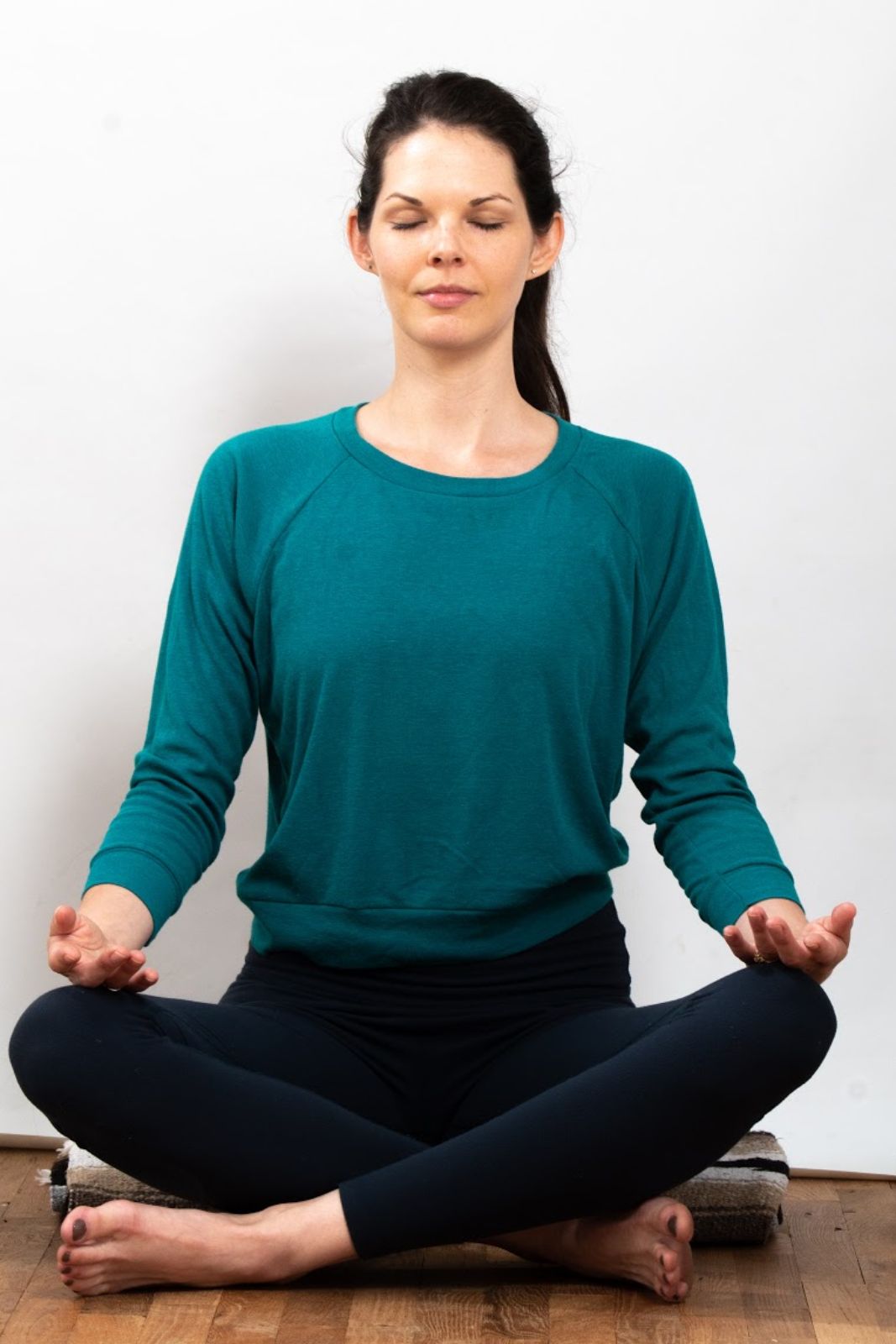
22 Mar What the Sutras Say About Asana
With a strong foundation in the yoga yamas and niyamas, we continue this week to explore the eight limbs of yoga from the Yoga Sutras of Patanjali with something that’s likely familiar to you as a yoga practitioner.
Asana, the third limb of yoga, is the limb we most often practice in a physical yoga class. Asana literally means seat, but we take it to mean posture in general. The asanas are the yoga poses.
The yoga sutras don’t say nearly as much about asana as they do about yama and niyama. Only three sutras explain asana at all. First, sthira sukham asanam. An asana is a steady, comfortable seat.
You may recall that yoga is defined in the opening sutras as the stilling of the fluctuations of the mind, yogas citta vrtti nirodhah. Then, the seer abides in its own true nature, tada drastuh svarupe vasthanam.
This can be understood as the goal of this particular system of yoga: to still the constant flux of the mental states of thought, emotion, and sensation in order to rest in pure awareness. To be fully absorbed in pure consciousness, not pulled this way and that by changing states of mind.
In this system of yoga (there are many systems besides this one), the eight limbs, including asana, are the means to this end.
Do you feel like your asana practice helps your mind to slow down and focus? Do you feel closer to the source of your consciousness after you practice?
So, first we’re told that asana is a steady, comfortable seat. To quote my favorite Yoga Sutras translation by Edwin Bryant, “Obviously one cannot fix one’s attention onto something if one is sleeping or running about; one must sit, and sit without fidgeting or discomfort.” (p. 284)
We can think of all the poses we do in class as a way of strengthening, stretching, and arranging our bodies so that one day we’re able to be comfortably seated very still for long periods of time in meditation.
There are two more sutras that elaborate on asana. Again I quote from Edwin Bryant, this time his direct translation of the sutras themselves. The second sutra regarding asana says that such steady, comfortable posture “should be attained by the relaxation of effort and by absorption in the infinite.”
We can understand from this that ultimately, an asana should be free of tension and relaxed of effort. Of course, achieving this level of mastery takes much practice! At first, building a strong and comfortable body might require some discomfort and certainly plenty of effort. Have you ever been sore after class?
Moreover, within this comfortable posture (say, a meditative seat like padmasana, lotus pose), we should be focused on and one day taken over by an experience of the infinite.
Consider your body as it is: one small conglomeration of matter inhabiting less than a speck of infinite space. With such a vast lens of comprehension, your body just about disappears. Sensations lose their intensity in the face of unending space and time. In this contemplation we approach a state of deep meditation. Remember, asana is a means to this end.
The third and final sutra expounding upon asana: “From this [steady, comfortable seat free of tension and absorbed in the infinite], one is not afflicted by the dualities of the opposites.” That is, sensations like hot and cold, happy and sad, pain and pleasure don’t bother.
Beyond that, these sensations, the “dualities,” the changing states of mind, aren’t experienced in a familiar way at all. The fluctuations of the mind are still. The seer abides in its own true nature. One is conscious of only consciousness itself.
This week in class we carry on together through the journey of yoga asana, using these sutras as our guide.
PS
Have you noticed how all of the Sanskrit yoga pose names end in -asana?
